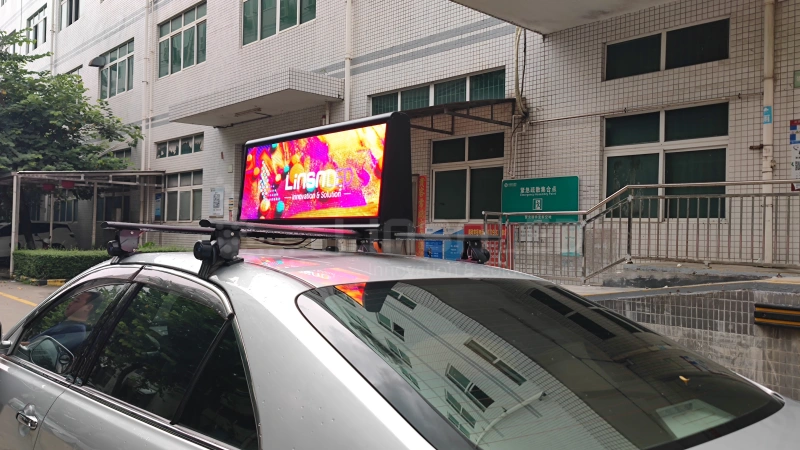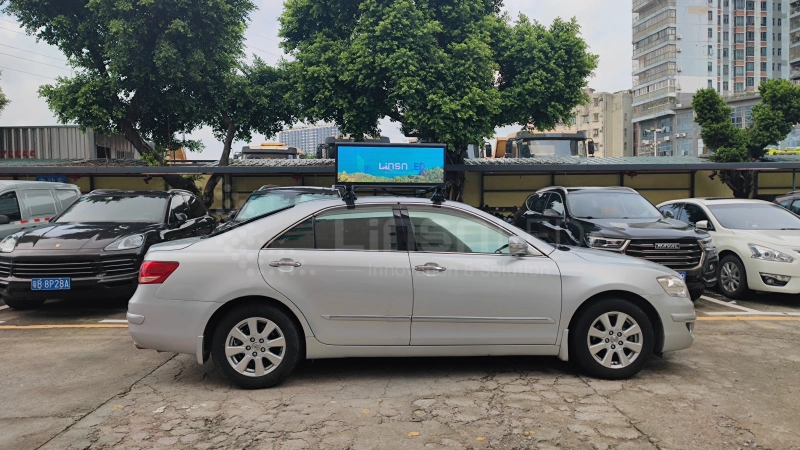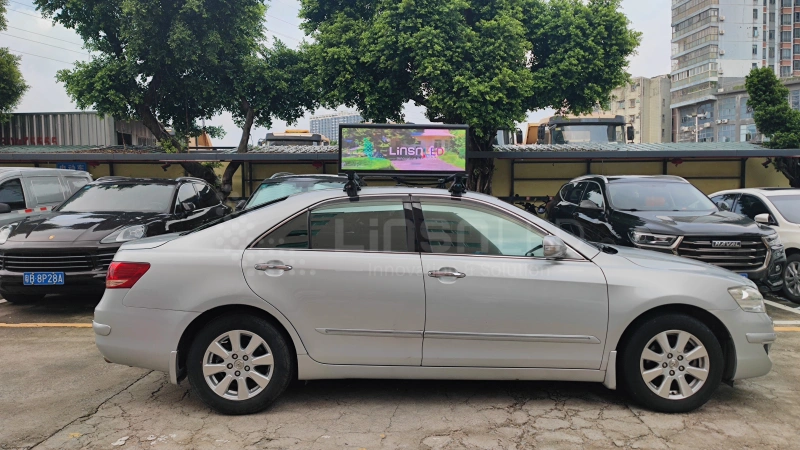Key Features of Taxi Top LED Displays
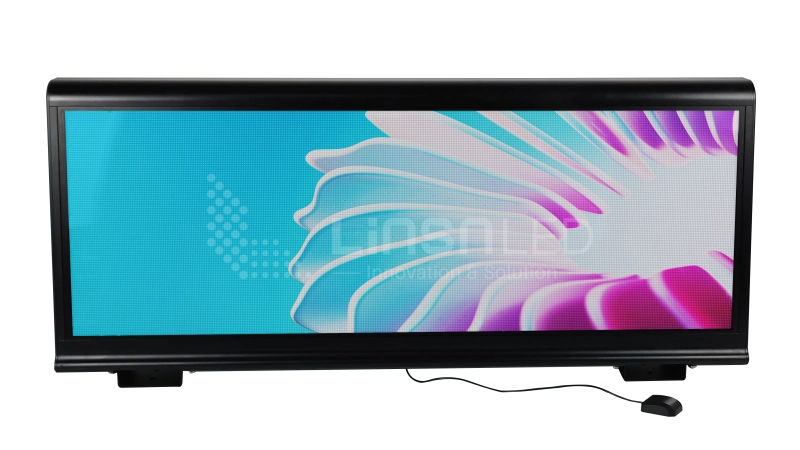
✓ Optimized Power and Weight – Patented delayed-control power system protects onboard equipment while keeping weight and power consumption within vehicle limits.
✓ Customizable Dimensions and Pixel Pitch – Standard sizes accommodate different pixel pitch requirements, and custom dimensions are available to meet specific needs.
LED Display Price Calculator
Just fill the sizes, and get your LED screen budget right now !
Advantages of LedInCloud Taxi LED Display
✓ Vertical Installation for Enhanced Visibility – Vertical mounting boosts audience impact, reduces wind resistance, and helps lower fuel consumption compared to traditional horizontal setups.
✓ Industrial-Grade Embedded System – Stable, virus-proof operation powered by a quad-core 1.5GHz processor with 1080P hardware video decoding.
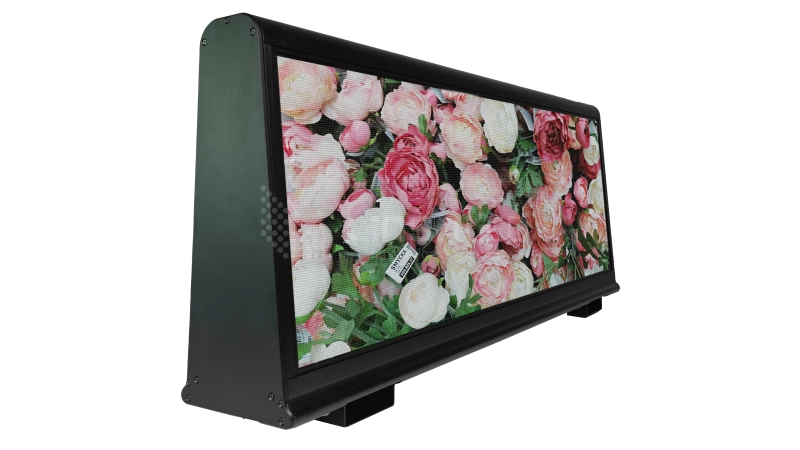
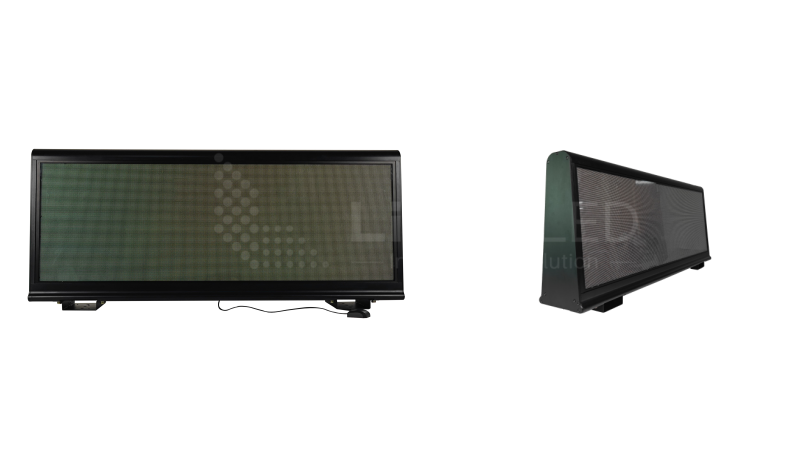
✓ Energy-Efficient Common Cathode Drive – Uses over 40% less power than conventional common anode designs, promoting eco-friendliness.
✓ Delayed Start-Up Function – Activates the screen only after the vehicle system stabilizes, protecting electronics and prolonging battery life.
✓ Wide Temperature Range (-40°C to +50°C) – Equipped with cold- and heat-resistant pure copper silicone cables, ensuring reliable performance in all weather conditions.
✓ Full Network Compatibility – Supports GSM, WCDMA, TD-SCDMA, EVDO, TDD-LTE, and FDD-LTE communication standards.
✓ Flexible Network Access & Cloud Control – Connect via Ethernet, Wi-Fi, or optional 4G module. Supports cloud-based content management and remote centralized control. (4G module availability varies by country; free cloud hosting for up to 100 units; private deployment available.)
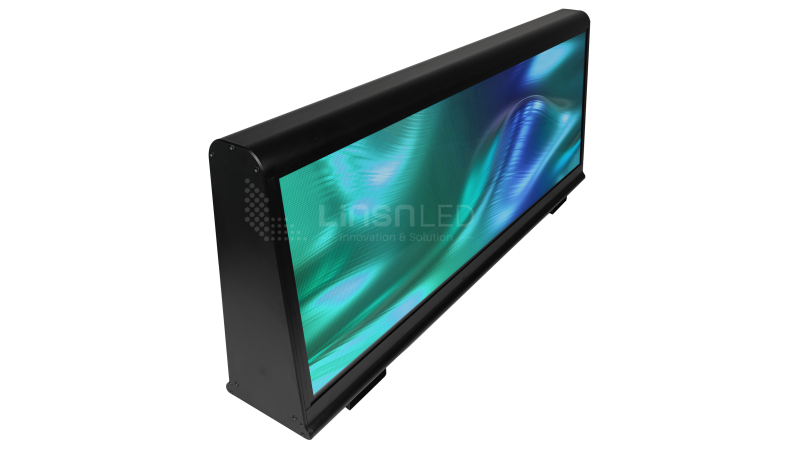
Functions of Taxi Roof LED Displays
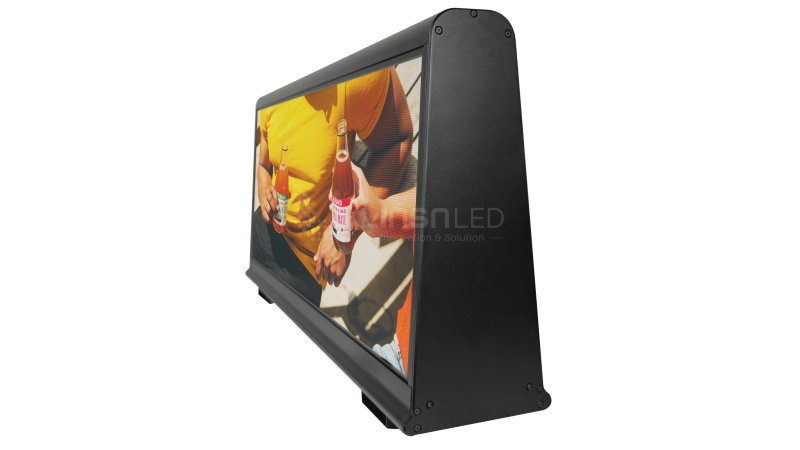
2. GPS and NTP Time Sync – Accurate playback timing through GPS scheduling and NTP automatic clock correction.
3. Location-Based Advertising – Deliver content based on vehicle location, enabling precision marketing and route tracking.
4. Encrypted Content Publishing – Protect programs with encryption to prevent accidental broadcasts and enhance operational security.
6. Remote Control & Scheduling – Set timed power on/off, adjust brightness and volume, and manage the screen remotely from any location.
7. Versatile Content Display – Supports text, images, animations, and videos for dynamic presentations.
8. Free Cloud Hosting for Up to 100 Units – Optional private cloud deployment available for enterprises.
9. Optional 4G Connectivity – Country-specific modules available; specify the usage region when ordering.
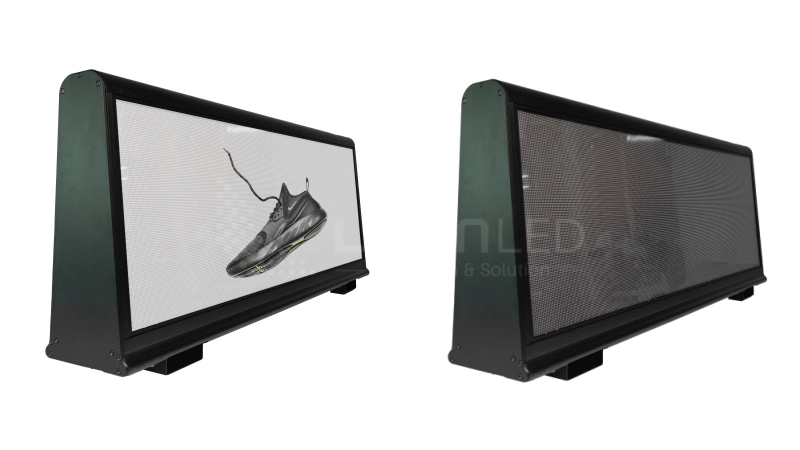
Operation Guidelines
1. Confirm the vehicle can support the display’s weight.
2. Ensure the vehicle provides sufficient power; if not, install additional power equipment.
3. Maximum input: 12VDC/36ADC ±15%. Correctly connect positive (yellow/red) and negative (black) wires.
4. Power On/Off Procedure: After switching on, the display powers up with a ~10-second delay. Initial flickering may occur; full display appears in ~1 minute. Shutdown also includes a ~10-second delay to prevent frequent switching and protect the vehicle’s power system.
5. Protect the frosted PC front panel from scratches; clean with soft cloth and general cleaners.
6. Any control circuit modifications (e.g., backlight or screen switching control) must be performed by professionals.
Product Videos
Product Images
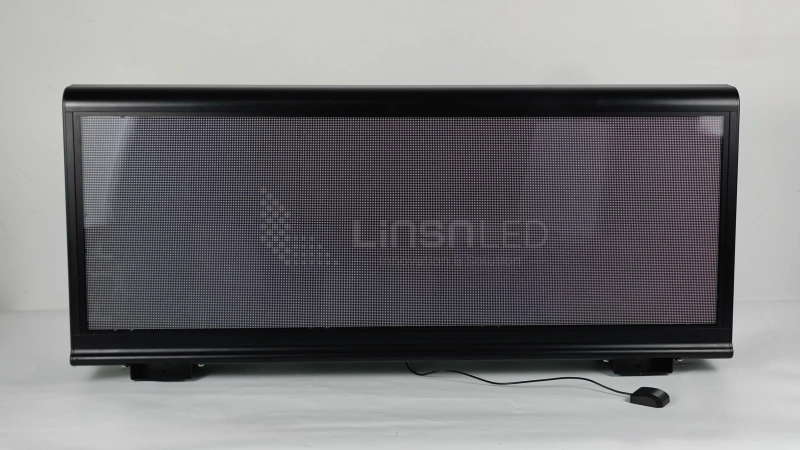
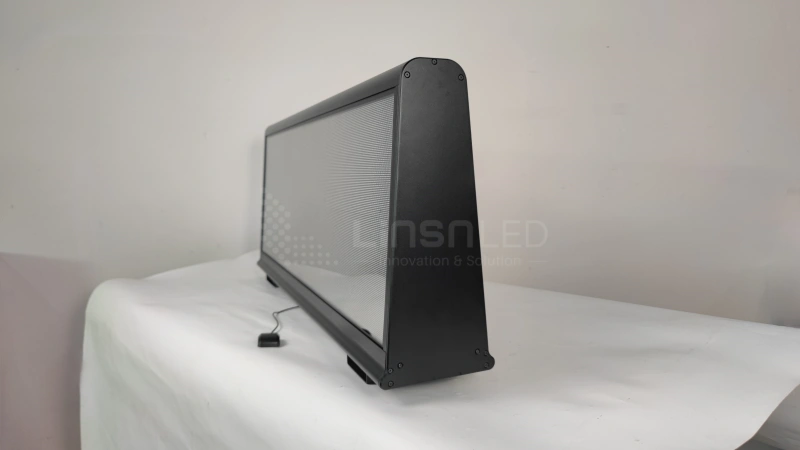
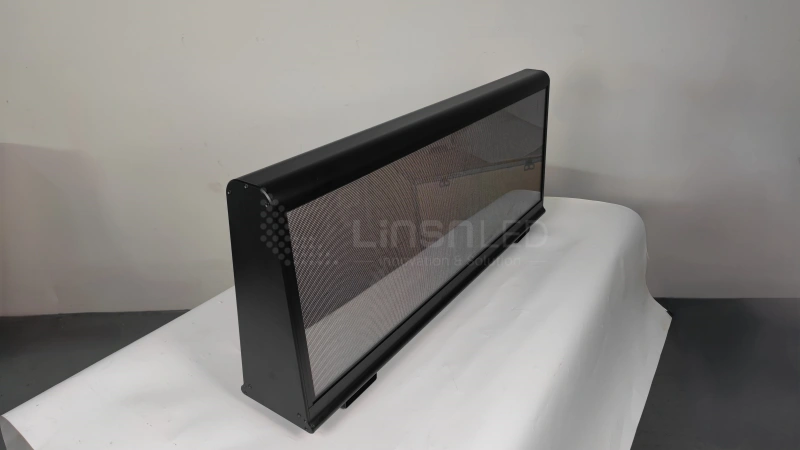
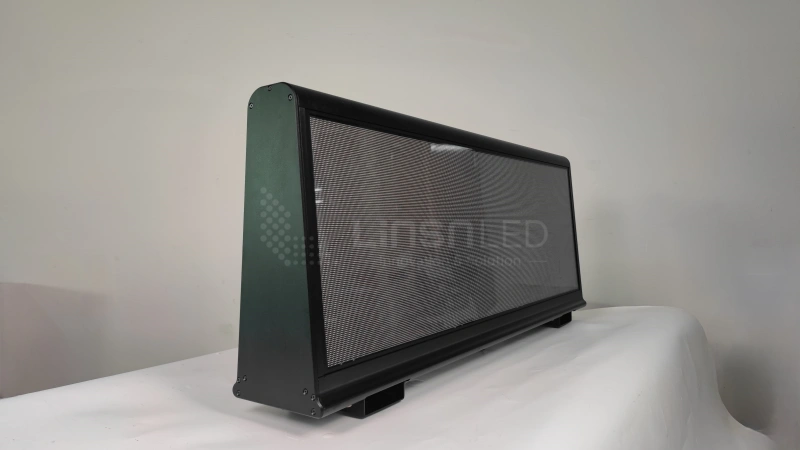
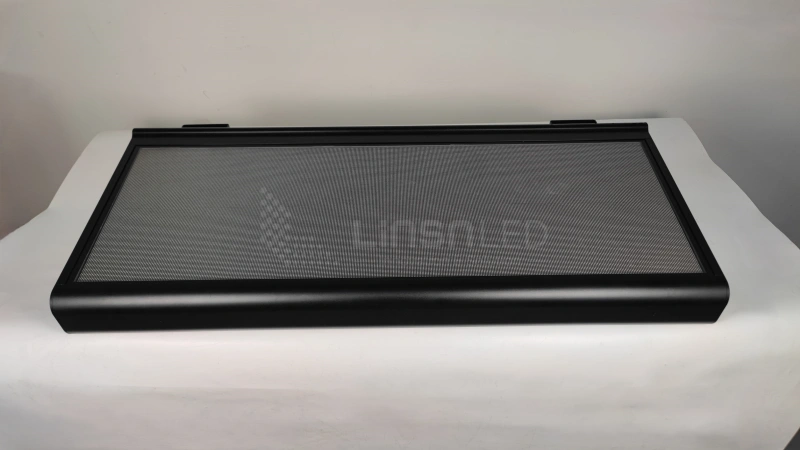
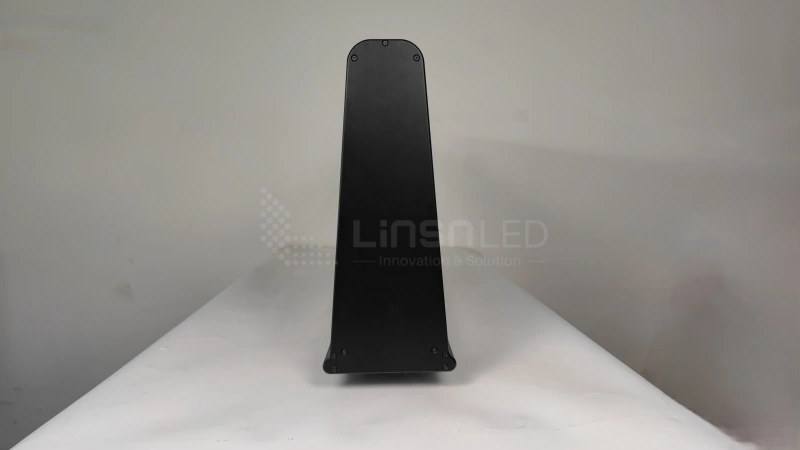
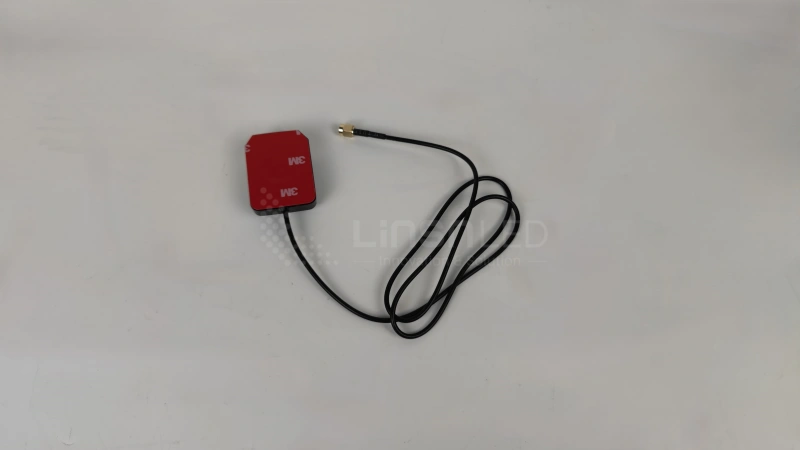
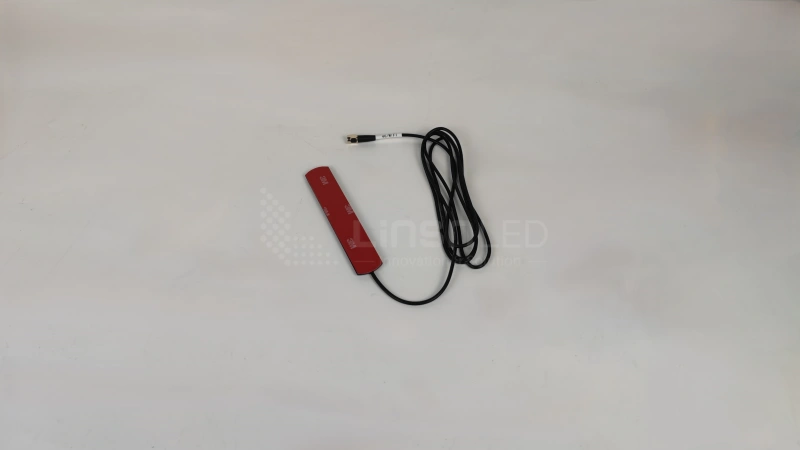
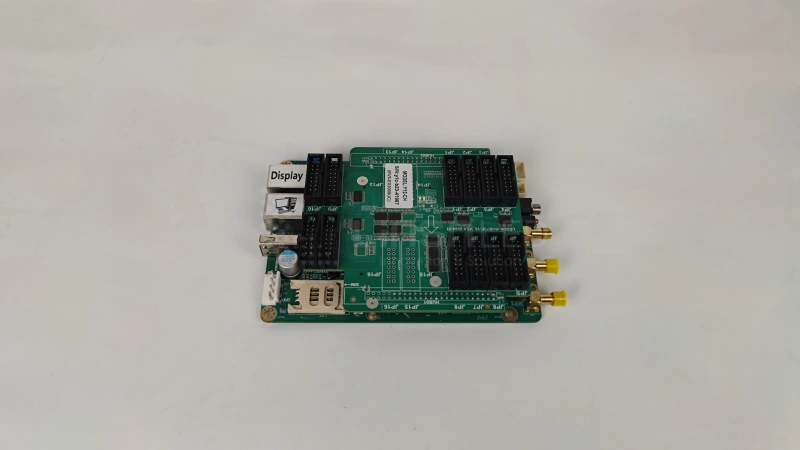
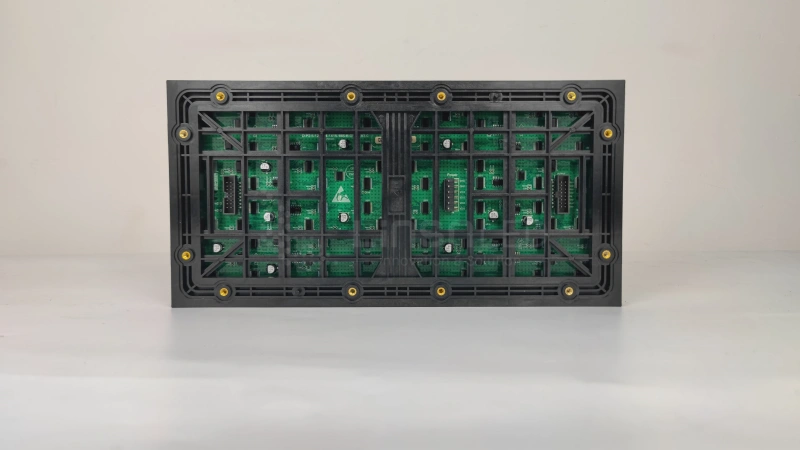
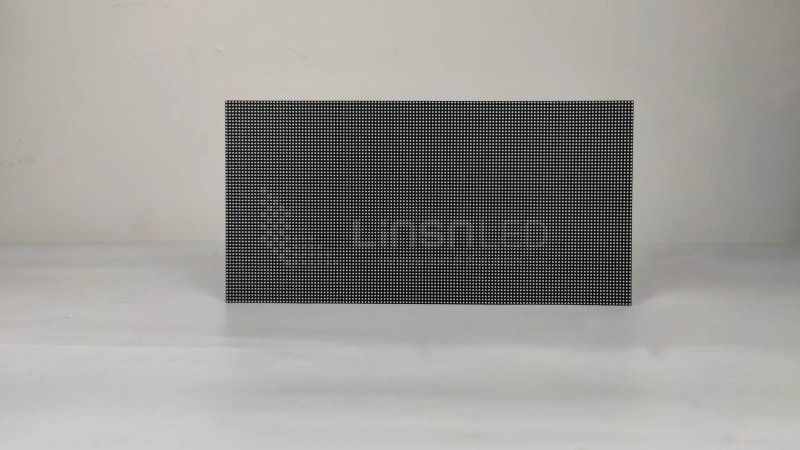
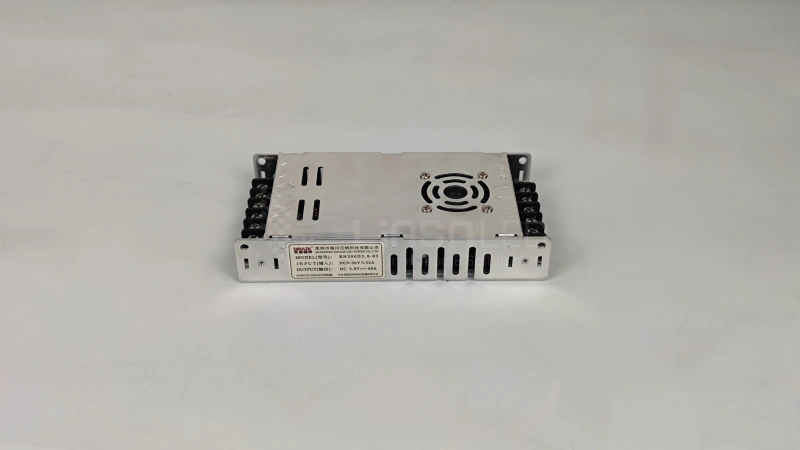
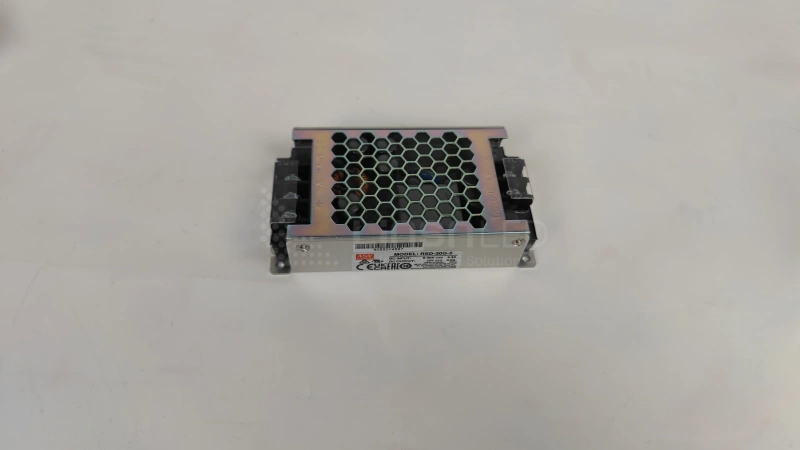
Send Us Message
If you have any LED display projects or technical problems regarding our LED display products. Please send us a message, we will reply to you in 24 hours.
ATTENTION: lf you bought LED Display & LED Module from other suppliers, Please get help from them directly.
Taxi LED Display 2025: Ultimate Guide to Smart Advertising
In the crowded streets, over 68% of taxis now use LED taxi displays to transform idle roof space into high-impact advertising platforms. By 2025, the global taxi LED screen market will surpass $3.1 billion, driven by China’s Shenzhen-based manufacturers like LedInCloud and Linsnled, which produce taxi top LED displays combining durability with AI-driven ad targeting. For advertisers, these screens deliver 50,000 daily impressions per vehicle at half the cost of subway ads.
Table of Contents
1. Taxi LED Display Introduction
2. Key Features and Benefits
3. Types of Car Top LED Advertising
4. Technical Specifications
5. Installation and Maintenance
6. Taxi Top LED Display Price and ROI
7. How to Operate the Taxi LED Screen on the Cloud Platform
8. China Taxi LED Display Factory – LedInCloud
9. FAQs about Taxi Roof LED Display
10. Conclusion
1. Taxi LED Display Introduction
1.1 What is a Taxi LED Display?
A taxi LED display is a weatherproof digital screen mounted on taxi roofs or sides, designed for dynamic advertising and real-time messaging. Unlike static decals, these LED taxi top advertising systems use 4G/WiFi connectivity to update content remotely and integrate GPS for hyper-local targeting (e.g., showing coffee ads near cafés during rush hour).
Core Components:
- LED Modules: High-density SMD or COB LEDs (P5–P10mm pixel pitch) for crisp visibility in sunlight.
- Control Systems: Cloud platforms enable bulk content scheduling across fleets.
- Power Management: Built-in voltage stabilizers prevent battery drain in electric taxis.
1.2 Market Growth & China’s Dominance
The China taxi LED display industry controls 80% of global production, with Shenzhen factories like LedInCloud and Linsnled leading innovation. Key drivers include:
- Advertiser Demand: Geo-targeted campaigns yield 30% higher engagement than billboards.
- Regulatory Shifts: Cities like London now mandate digital taxi signage for emergency alerts.
- Cost Efficiency: Taxi roof LED display is priced within everyone’s reach and can achieve a return on investment within 6 months.
2. Key Features and Benefits
Taxi LED displays aren’t just brighter—they’re smarter, tougher, and more adaptable than any static billboard or decal. Let’s break down why these screens are revolutionizing mobile advertising and how they benefit drivers, advertisers, and passengers.
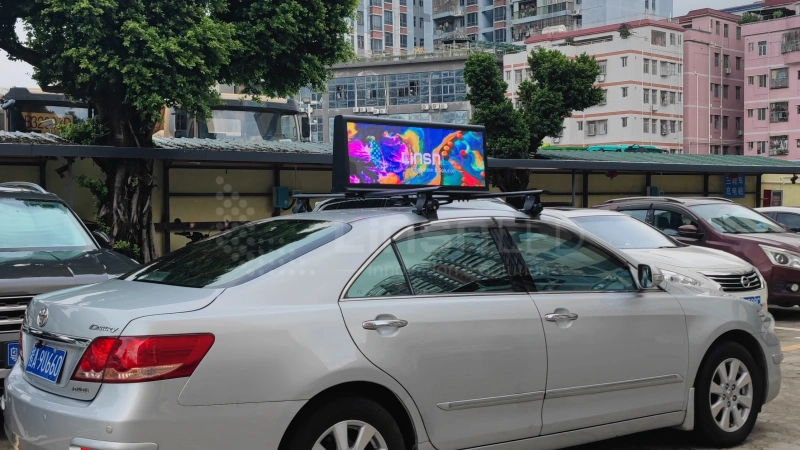
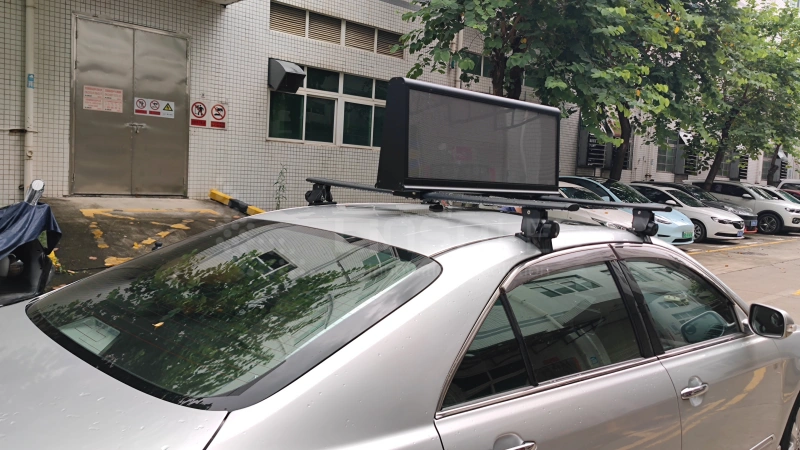
Technical Superiority
(1) Visibility That Beats the Elements
- High Brightness: Ranges from 5,000 to 8,500 nits (adjustable via light sensors), ensuring crisp visibility even in direct sunlight. For comparison, smartphone screens average 1,000 nits.
- High Refresh Rate: A 1/8 scan rate eliminates flickering during fast-moving animations, perfect for busy city streets.
- 256 Grayscale Levels: Smooth color transitions for vibrant ads, whether displaying a coffee promo or emergency flood warnings.
(2) Energy Efficiency & Durability
- Low Power Consumption: Uses just 30W per module—45% less than older LED models. Built-in voltage stabilizers prevent battery drain in electric taxis.
- Long Lifespan: Rated for 50,000–100,000 hours (5–10 years) thanks to industrial-grade SMD LEDs and corrosion-resistant aluminum casings.
(3) Smart Controls
- Remote Management: Update ads instantly via 4G/WiFi using cloud platform. No need to pull over—change campaigns while driving.
- Dynamic Scheduling: Set ads to rotate based on time (e.g., breakfast deals at 7 AM) or location (e.g., hotel discounts near airports).
Design Innovations
(1) Slim & Lightweight Build
- Ultra-Thin Profile: At just 167mm thick, these screens reduce wind resistance, improving taxi fuel efficiency by 3–5%.
- Rugged Materials: Drawn aluminum shells with IP67 waterproofing survive monsoons, sandstorms, and car washes.
(2) Hassle-Free Installation
- No Drilling Required: Universal brackets attach to existing roof racks in 30 minutes.
- Plug-and-Play Wiring: Compatible with 12V/24V taxi batteries—no complex electrical work needed.
Customization for Every Need
(1) Modular Flexibility
- Pixel Pitch Options: Choose from P5mm (ultra-sharp for city centers) to P10mm (cost-effective for highways).
- Double-Sided or Transparent: Transparent screens (70% light transmittance) let passengers enjoy views while ads glow on the roof.
(2) Branding Made Easy
- White-Label Services: Add your logo and customize firmware.
- Content Zones: Split the screen—show ads on top, “Available” status below.
Safety & Reliability
(1) Over-Voltage Protection
- Patented Delay Control: Prevents power surges from damaging taxi batteries, critical for hybrid/electric vehicles.
- Self-Diagnostic Alerts: Automatically flag issues like faulty pixels or loose wiring.
(2) Global Compliance
- Certifications: CE (EU), FCC (US), and E-Mark (vehicle safety) ensure legal operation worldwide.
- Traffic Regulations: Pre-set scrolling speeds (≤0.5m/s in the EU) to avoid fines.
Real-World Benefits
For Drivers:
Earn from ad partnerships.
Attract more riders with flashy promotions (e.g., “Free ride if late!”).
For Advertisers:
Hyper-Targeted Ads: Use GPS to show gym memberships near fitness centers or dinner deals at 6 PM.
Cost Efficiency: It’s 70% cheaper than subway ads.
Case Study:
A Tokyo taxi fleet using double-sided screens saw a 40% revenue boost by displaying real-time train delays with alternate ride promos.
3. Types of Car Top LED Advertising
Choosing the right taxi LED display is like picking the perfect tool for a job—each type shines in specific scenarios. Let’s compare the three main categories dominating the 2024 market.
3.1 Double-Sided Car Screens
Key Features:
- Dual-Sided Visibility: Shows ads to both sides of the road (e.g., 192×64 pixels per panel).
- Affordability: The price is within everyone’s reach.
- Durability: IP67-rated aluminum casing survives monsoons and car washes.
Best For:
- High-traffic cities like Mumbai or Mexico City, where maximum exposure matters.
- Fleets on a budget—recover costs in 6–8 months through ad revenue.
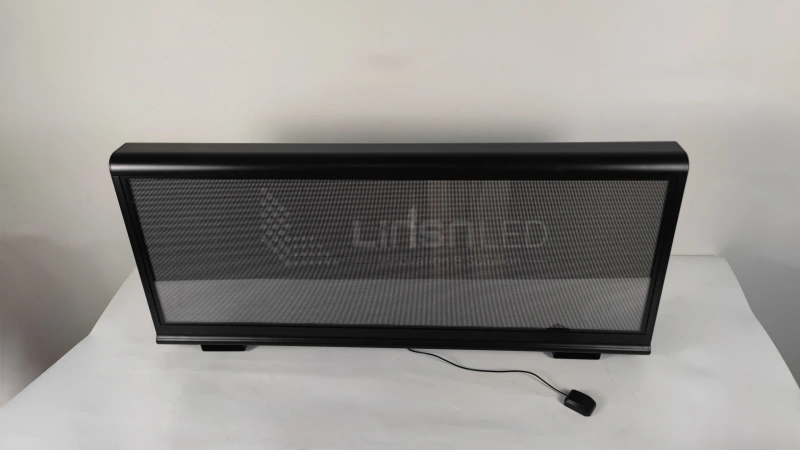
Case Study:
- A São Paulo taxi cooperative installed 100 double-sided screens, boosting driver earnings by $300/month via real-time pizza delivery promos near restaurants.
3.2 Transparent Full-Color Screens
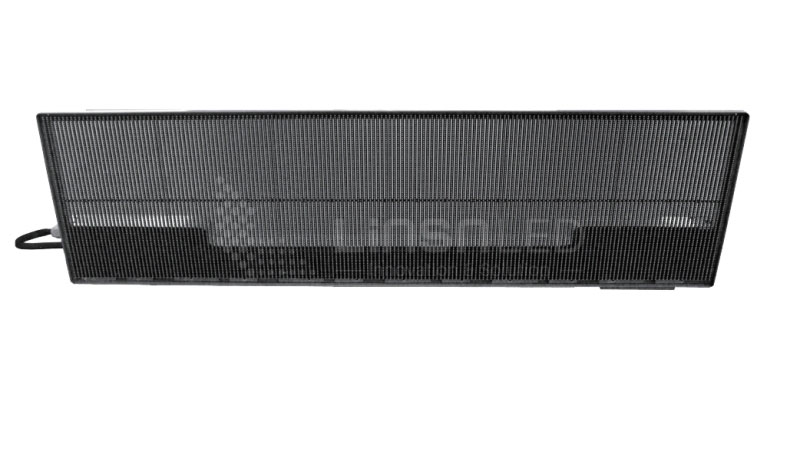
Why It Stands Out:
- 70% Light Transmittance: Passengers see through the screen while ads glow (e.g., tourism ads overlaid on Parisian landmarks).
- Ultra-Thin Design: Reducing wind drag, saving 3–5% in fuel costs.
Technical Specs:
| Parameter | Transparent LED Screen | Standard Screen |
| Brightness (nits) | 4500 | 8500 |
| Energy Use | 25W | 30W |
Perfect For:
- Upscale markets (e.g., Dubai’s luxury hotels use them for discreet promotions).
- Historic cities with strict ad aesthetics laws (e.g., Kyoto’s low-impact tourism ads).
4. Technical Specifications
Understanding the technical details of taxi LED displays will allow you to avoid costly mistakes and maximize your return on investment. Let’s dissect the critical specs, from pixel density to power systems, using real-world data from China taxi LED display manufacturers like LedInCloud.
4.1 Display Technology: Clarity Meets Durability
(1) LED Modules & Pixel Pitch
Pixel Pitch Explained: The distance between LED clusters (e.g., P5mm vs. P10mm). Smaller pitch = sharper images but higher cost.
- P5mm: Ideal for city centers (e.g., Times Square ads).
- P10mm: Cost-effective for highways (viewed from 15+ meters).
Resolution: A standard 96cm x 32cm screen has 192×64 pixels—enough for clear text and simple animations.
(2) Why LEDs Beat LCDs
| Feature | Taxi LED Display | LCD Screen |
| Brightness | 5,000-8,500 nits | 1,000-1,500 nits |
| Viewing Angle | 160° | 90° |
| Energy Use | 30W/module | 60W/module |
| Lifespan | 50,000+ hours | 20,000 hours |
4.2 Power & Battery Considerations
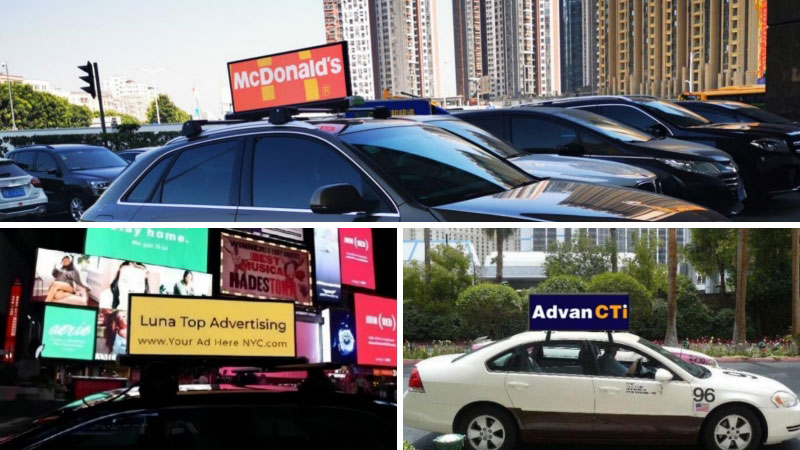
(1) Vehicle Integration
Voltage Range: DC9–36V compatibility works with most taxis:
- 12V for older gasoline vehicles.
- 24V for hybrid/electric models.
Power Draw: 30W per module (about the same as a car radio).
(2) Built-In Safety Features
Over-Voltage Protection: LedInCloud’s delay system prevents surges during engine starts.
Battery Monitoring: Alerts drivers if power use exceeds 85% of capacity (via mobile app).
Pro Tip: For electric taxis, opt for screens with auto-sleep mode—reduces power use by 75% when parked.
4.3 Installation Design & Materials
(1) Lightweight & Rust-Proof Build
Aluminum Alloy Casings: 20% lighter than steel, with IP67 waterproof against rain and road salt.
Modular Panels: Interlocking designs fit curved taxi roofs.
(2) Tool-Free Mounting
Universal Brackets: Attach to existing roof racks in 3 steps:
- Position the screen.
- Secure with anti-theft screws.
- Connect to the taxi’s 12V/24V system.
No Drilling: Protects resale value—no holes in the roof.
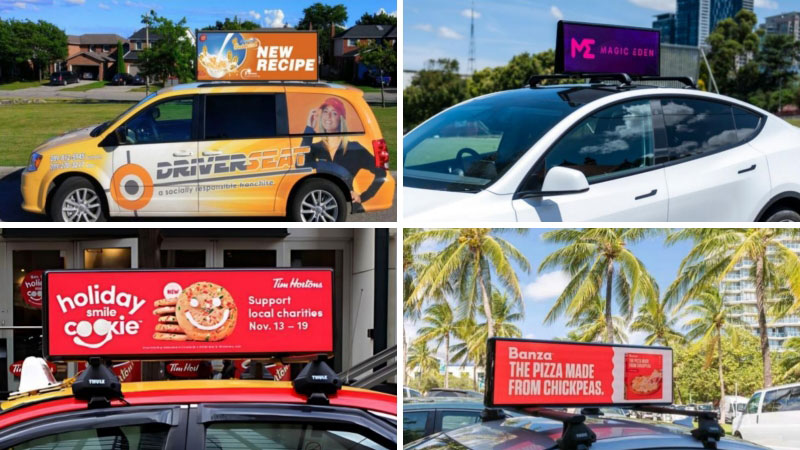
5. Installation and Maintenance
Installing and maintaining a taxi LED display doesn’t require an engineering degree—just the right tools and know-how. Whether you’re a DIY driver or a fleet manager, follow these steps in the following videos.
6. Taxi Top LED Display Price and ROI
Understanding pricing and ROI is critical when investing in taxi LED displays. With LedInCloud—a leading LED Screen Cloud Platform—you can instantly compare prices and specs online.
How to Get Instant Prices on LedInCloud
LedInCloud’s self-service portal lets you compare taxi top LED display prices in 4 steps:
- Register LedInCloud & Log In
- Click “Get Quote”
- Select display type (Outdoor LED Screen, Indoor LED Screen, etc.).
- Input specs: size, pixel pitch.
7. How to Operate the Taxi LED Screen on the Cloud Platform
Operating a taxi LED display via the cloud platform unlocks real-time ad control and geo-targeting. Here’s how to set up and manage your screen, whether you’re a driver in Mumbai or a fleet operator in New York.
Before accessing the cloud, ensure your taxi LED display has:
| Component | Purpose |
| TCC160 Controller Card | Brain of the display, processes signals |
| 4G Module | Enables wireless content updates |
| GPS Antenna | Tracks location for geo-targeted ads |
7.1 Essential Hardware Setup Steps
(1) Open the Display: Remove the rear panel to access the controller card slot.
(2) Install 4G Module:
- Attach the module to the controller card.
- Connect the antenna to the J15 port (labeled “MAIN”).
(3) GPS Antenna Setup:
- Stick the magnetic end to the taxi roof (near the screen).
- Plug the other end into the controller’s GPS port.
(4) Insert SIM Card: Use a data-enabled SIM (local carrier recommended).
(5) Reassemble: Secure the controller card and close the panel.
7.2 Software Configuration
Step 1: Connect to the Controller
- Power on the taxi LED display.
- Open NovaStar Viplex Express on your computer.
- Click “Refresh” to detect the display.
- Note the SN (Serial Number) displayed—you’ll need this for cloud access.
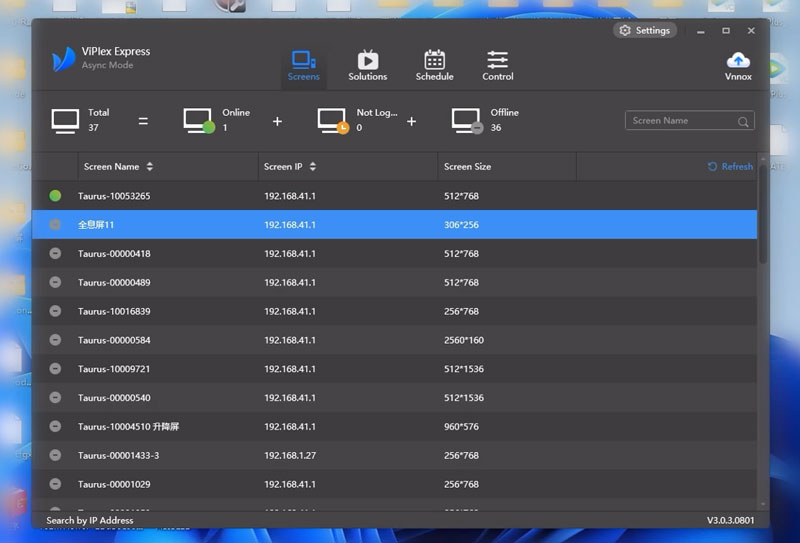
Step 2: Cloud Platform Setup
- Sign Up/Log In: Open the cloud platform – NovaStar VNNOX.
- Add Your Screen:
Click “Add Device” → Paste the SN.
Name your display (e.g., “Taxi-102-NYC”).
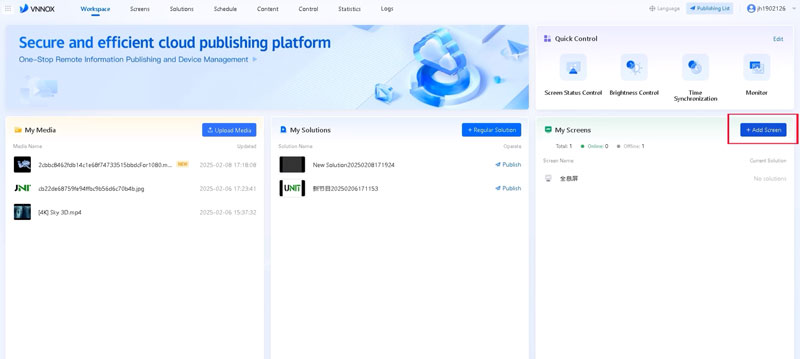
7.3 Uploading & Managing Content
A. Basic Content Publishing
(1) Upload Media:
Supported formats: MP4, JPG, GIF (max 50MB).
Drag files into the “Media Library.”
(2) Create Playlists:
Select “Regular Solution” → Choose your screen.
Drag videos/images into the timeline.
(3) Publish:
Set start/end times (e.g., 7 AM–9 AM for breakfast ads).
Click “Publish Now.”
B. Advanced Features
(1) Geo-Targeting:
Click “Location Targeting” → Draw a 5km radius on the map.
Assign ads to specific zones (e.g., coffee promos near offices).
(2) Brightness Control:
Auto-adjust based on time: 100% brightness at noon, 50% after 10 PM.
(3) Content Tagging:
Label ads (e.g., “Restaurant,” “Emergency”) for quick searches.
8. China Taxi LED Display Factory - LedInCloud
When it comes to taxi LED displays, one name stands out in Shenzhen’s competitive landscape: LedInCloud. As a leading China taxi LED display factory, they’ve powered over 50,000 taxis worldwide with cutting-edge screens that blend innovation, affordability, and reliability. From London black cab operators to Dubai luxury fleets—trust LedInCloud.
Who Is LedInCloud?
- Over 10 years experience, China’s tech manufacturing hub.
- Design, production, and global distribution of taxi top LED displays.
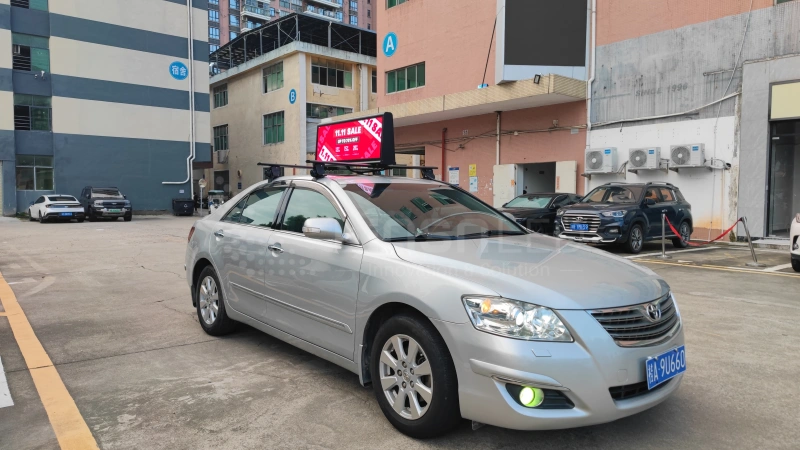
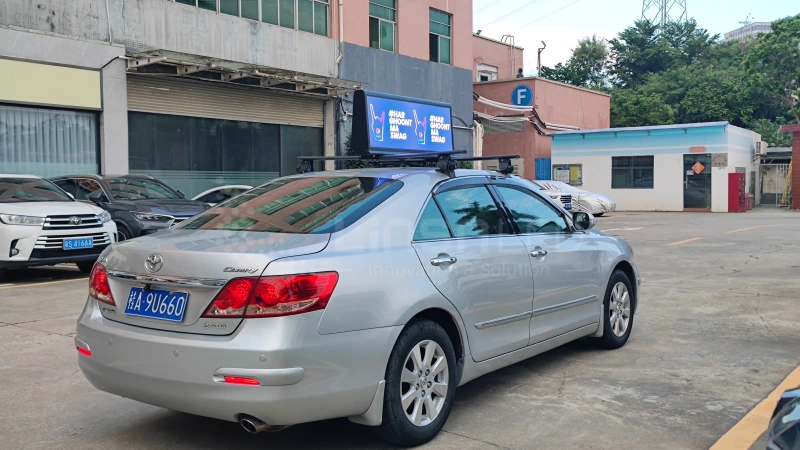
9. FAQs about Taxi Roof LED Display
How long does a taxi LED display last?
Most screens last 5–10 years (50,000–100,000 hours) with proper care. Shenzhen factories like LedInCloud use industrial-grade SMD LEDs rated for extreme temperatures (-40°C to 85°C).
Can heavy rain damage the screen?
No. IP67 waterproofing (submersion up to 1 meter for 30 minutes) protects against monsoons and car washes. Just ensure the rear panel seals are intact.
Do I need to hire a technician for installation?
No. Most screens attach to roof racks without drilling—just 30 minutes with a screwdriver. Watch LedInCloud’s YouTube tutorial.
Why does my screen flicker at night?
Auto-brightness sensors may need calibration. Adjust via the cloud platform: 80% for daytime, 30% after 10 PM.
Can I display emergency alerts?
Yes. Sync with municipal systems (e.g., earthquake warnings in Tokyo) or manually trigger alerts via the cloud.
10. Conclusion
With unmatched brightness, cloud-controlled targeting, and ROI as fast as 5 months, taxi LED displays are phasing out static billboards and decals.
Contact LedInCloud now to get the best taxi LED screen!

